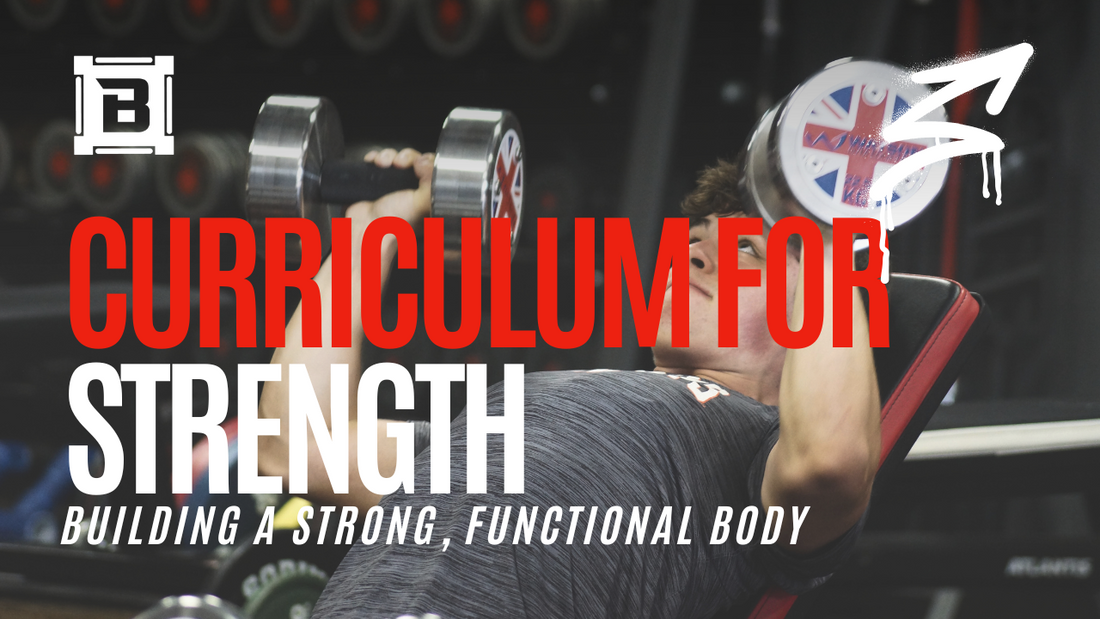
A Curriculum for Strength: Building a Strong, Functional Body
Share
Redefining Strength Through Structure
Strength training has traditionally revolved around max lifts and hypertrophy, but these methods often fail to address the bigger picture: creating a resilient, functional body. Without a clear training curriculum, athletes risk developing imbalances, poor movement mechanics, and even injuries. A curriculum offers more than just a series of workouts—it provides a systematic approach to building strength from the ground up.
A well-structured curriculum focuses on symmetry, joint stability, and intermuscular coordination. It ensures that every part of the body works in harmony, creating a solid foundation for both athletic performance and everyday activities.
The Importance of Foundational Strength
“A structure cannot exceed the strength of its foundation.” This principle underscores the need to prioritize foundational strength in any training program. Foundational strength involves more than lifting heavy weights; it requires addressing weak links in the kinetic chain and promoting efficient movement patterns.
For instance, an athlete may excel in squats but struggle with core or hip stability. A curriculum ensures these weak areas are strengthened through targeted exercises like band-assisted bridges, adductor activation drills, and dynamic core work. This approach builds a balanced, resilient body capable of handling both gym demands and real-world challenges.
The Role of Discipline in Strength Development
Discipline is the cornerstone of a successful training curriculum. It involves more than just showing up to train—it means committing to the details that build long-term strength and prevent injuries. These details include:
- Priming weak areas before heavy lifts.
- Maintaining proper form and alignment during every movement.
- Focusing on recovery and nutrition to support overall performance.
Without discipline, athletes risk overloading certain muscles while neglecting stabilizers, which leads to asymmetries and higher injury risk. Discipline ensures that every component of strength is addressed, from major muscle groups to the smallest stabilizers.
The Benefits of a Strength Curriculum
1. Improved Symmetry and Balance
-
- Promotes even strength distribution around joints.
- Reduces compensations and movement inefficiencies.
2. Enhanced Performance
- Builds strength that translates to sport-specific movements.
- Improves power, speed, and agility through proper coordination.
3. Injury Prevention
- Strengthens weak links in the kinetic chain.
- Protects joints by reinforcing proper movement patterns.
4. Sustainable Strength Development
- Ensures long-term progression without compromising joint health.
- Creates a resilient body that can handle increasing demands.
Conclusion
Building strength isn’t just about lifting heavier—it’s about following a disciplined curriculum that focuses on foundational strength, symmetry, and movement quality. By embracing a structured approach, athletes can develop functional strength that enhances performance, prevents injuries, and promotes long-term resilience. Make your strength training a journey of discipline, and the results will speak for themselves.
